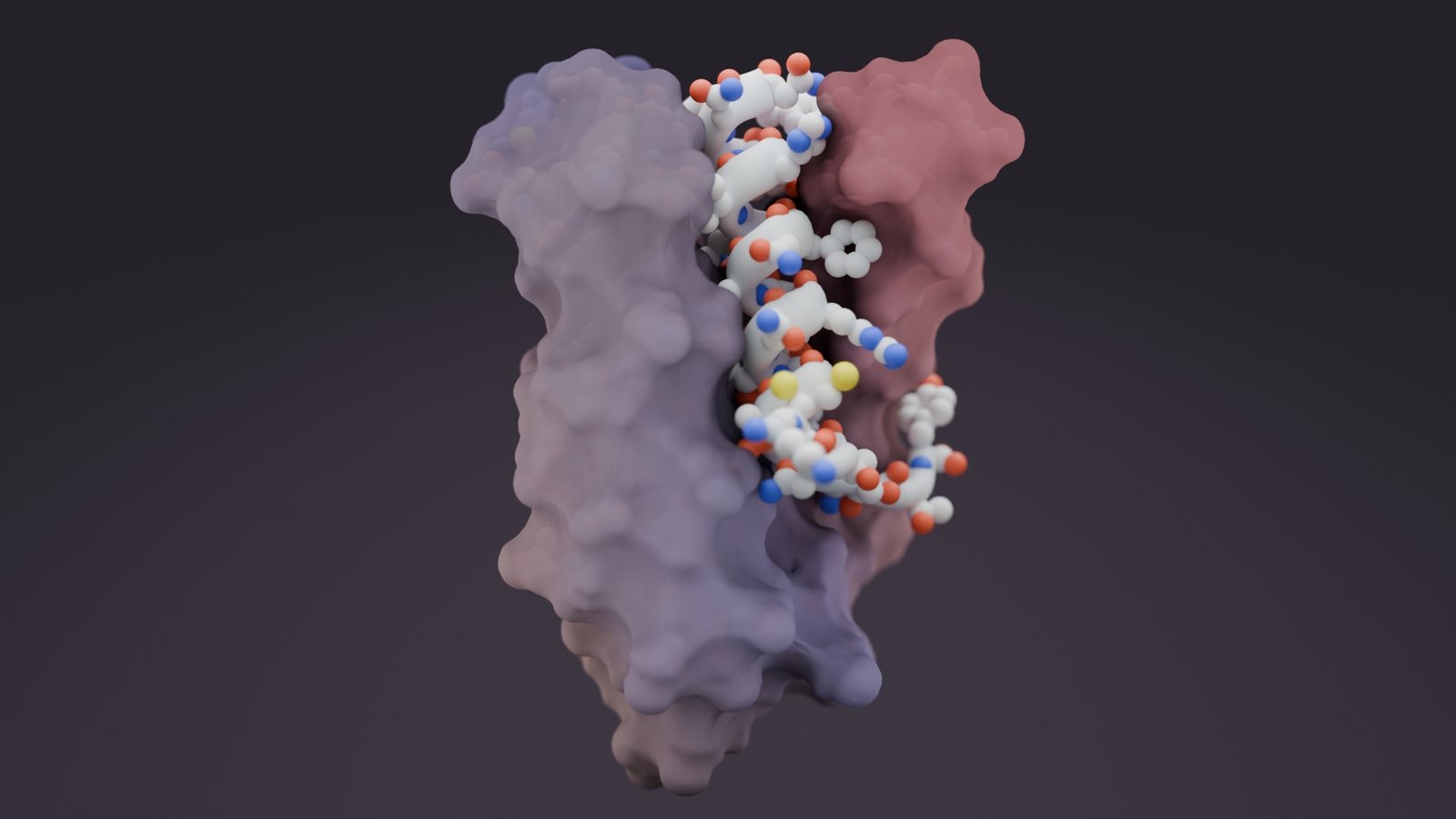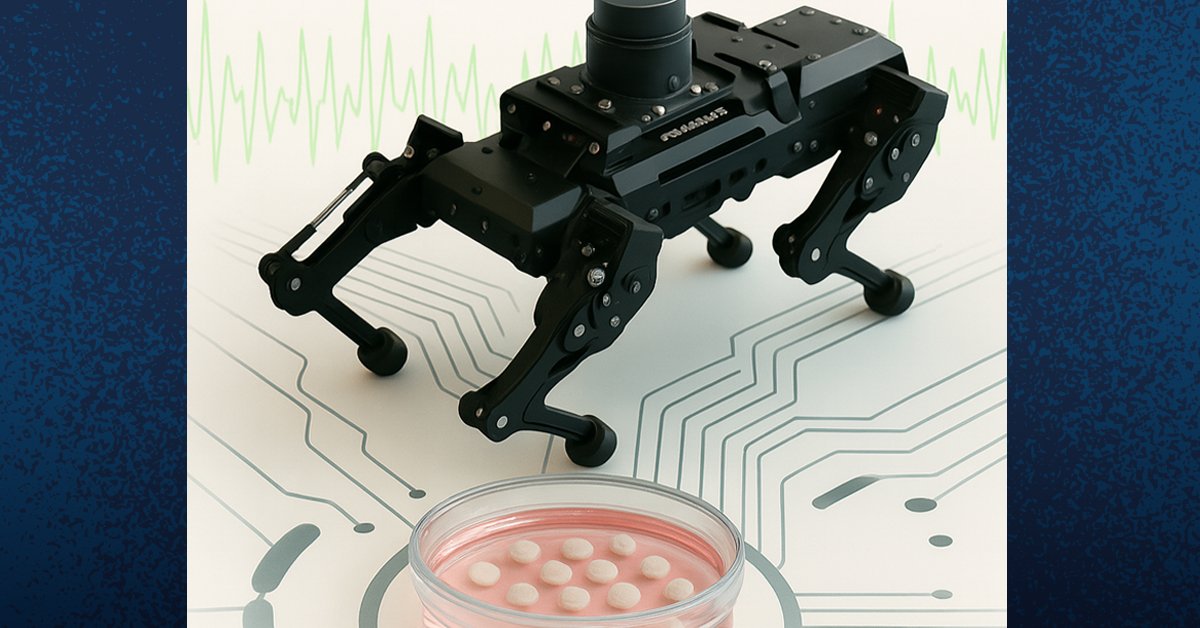Between launching clinical studies for its cancer-fighting fourth pipeline candidate earlier this month, and enrolling patients into a Phase III trial for its lead candidate, the remainder of 2025 will be busy for Vir Biotechnology as it strives to successfully pivot to developing cancer and infectious disease therapies following commercial and clinical setbacks.
Vir last week dosed its first patient in an open-label Phase I trial (NCT06960395) designed to assess the safety, pharmacokinetics, and preliminary anti-tumor activity of VIR-5525 as a monotherapy and in combination with Merck & Co.’s blockbuster cancer immunotherapy Keytruda® (pembrolizumab) in EGFR-expressing solid tumors. These include non-small cell lung cancer (NSCLC), colorectal cancer (CRC), head and neck squamous cell carcinoma (HNSCC), and cutaneous squamous cell carcinoma (cSCC).
The non-randomized study’s primary efficacy endpoint is objective response, defined as a complete or partial response to treatment with VIR-5525, Vir’s third dual-masked T-cell engager to reach clinical trials.
VIR-5525 incorporates Vir’s PRO-XTEN masking technology, designed to enable the selective activation of the T-cell engagers in the tumor microenvironment, mitigating damage to healthy cells and reducing toxicity. Vir in-licenses PRO-XTEN plus VIR-5525 and two other T-cell engagers from Sanofi, under an up-to-$1.986 billion exclusive worldwide license agreement announced in August 2024.
masking technology, designed to enable the selective activation of the T-cell engagers in the tumor microenvironment, mitigating damage to healthy cells and reducing toxicity. Vir in-licenses PRO-XTEN plus VIR-5525 and two other T-cell engagers from Sanofi, under an up-to-$1.986 billion exclusive worldwide license agreement announced in August 2024.
Vir received $100 million upfront and triggered from Sanofi a $75 million milestone payment after dosing the first patient with VIR-5525—which Sanofi calls SAR446368—a year ahead of its 2026 deadline. Vir will recognize the milestone money as a research and development expense in the third quarter.
Sanofi also agreed to pay Vir up to an additional $323 million tied to achieving development and regulatory milestones, up to an additional $1.488 billion tied to achieving commercial net sales-based milestones—plus low single-digit to low double-digit tiered royalties on worldwide net sales.
‘Plug-and-play’
“What is really, truly unique about this platform is that every target you have, you don’t need to always design a new mask. It’s really plug-and-play,” Marianne De Backer, PhD, MBA, Vir’s CEO, told GEN Edge. “We have the same mask on the three clinical assets.”
The same mask is also used, De Backer said, in the seven preclinical programs on new targets that Vir and Sanofi have begun since closing their collaboration deal.
“We haven’t disclosed what those targets are, but you can imagine these are cancer targets that are biologically, actually rather de-risked. They are well known, but the progress has been tampered by drugs just being too toxic. And that’s exactly where our masking can be very, very powerful,” De Backer said.
“So, every time you have a new molecule, you don’t have to start from scratch trying to find what that mask needs to look like,” she added. “You just take your mask and you put it on,” she added.
In addition to VIR-5525, Vir and Sanofi are partnering on two other clinical-phase PRO-XTEN-based dual-masked T-cell engagers. One is VIR-5500, a PSMA-targeting metastatic castration-resistant prostate cancer (mCRPC) candidate now in a Phase I trial (NCT05997615). The other is VIR-5818, which is being developed to treat a variety of HER2-expressing solid tumors, including breast cancer and colorectal cancer (CRC), in combination with Merck & Co.’s cancer immunotherapy blockbuster Keytruda® (pemrolizumab).
VIR-5818 is also in a Phase I study (NCT05356741) that reported initial positive data in January: Half (10/20) of participants receiving VIR-5818 doses ≥400 µg/kg reported dose-dependent tumor shrinkage across multiple HER2-positive tumor types, including participants who had received up to nine prior lines of therapy. A subset of participants with HER2+ CRC who had exhausted standard-of-care showed strong anti-tumor activity, with confirmed partial responses seen in 33% (2/6) of participants at early doses, with one patient continuing for more than 18 months as of the data cutoff.
Active dose escalation
Both VIR-5500 and VIR-5818 are now in active dose escalation, with Vir investigating every three weeks dosing for 5818.
“There’s a lot of work that is ongoing and because we’re still in those escalations, we cannot really pinpoint when exactly the new data is going to be ready to be shared. But as soon as we have a meaningful dataset, we will share it with the public and with investors,” De Backer said.
The sooner the data emerges, the better for Vir’s stock, Eric Joseph, an executive director and senior equity research analyst covering the small/mid-capitalization biotechnology sector with J.P. Morgan, wrote May 7 in a research note: “With the TCE [T-cell engager] assets still in early stages, we see greater visibility on size and scope of the next readouts, in addition to timelines, as a necessary starting point for shares to regain constructive momentum.”
Vir shares on Nasdaq have dropped 28% year-to-date from $7.27 to $5.24 as of Wednesday, which is up 5% over the past month.
Two platforms
PRO-XTEN is one of Vir’s two platforms for developing drug candidates, the other is an antibody discovery platform designed to identify rare and broad antibodies and antibody fragments for viral and oncology targets with enhanced selectivity and potency.
The antibodies and fragments are then engineered to modulate interactions with the immune system and optimize key pharmacokinetic properties (such as half-life) using tools that include protein engineering through its artificial intelligence-based dAIsY (data AI structure and antibody), which combines open source and proprietary tools to fine tune multiple desired antibody characteristics simultaneously.
(data AI structure and antibody), which combines open source and proprietary tools to fine tune multiple desired antibody characteristics simultaneously.
Vir has applied its antibody platform to develop tobevibart, a broadly neutralizing monoclonal antibody candidate targeting the hepatitis B surface antigen (HBsAg). Vir is developing tobevibart in combination with elebsiran, a hepatitis B virus-targeting small interfering ribonucleic acid (siRNA) candidate, in combinations targeting forms of chronic hepatitis.
The tobevibart-elebsiran combination—Vir’s lead program—is the subject of the Phase III ECLIPSE 1 trial (NCT06903338). The study is designed to compare the combination’s efficacy and safety as an immediate vs. delayed treatment for chronic hepatitis delta (CHD), as well as in comparison to Gilead Sciences’ bulevirtide, marketed in Europe as Hepcludex®—but is in Phase III trials in the U.S. ECLIPSE 1 enrolled its first patient in March and continues to enroll patients, with Vir expecting to read out primary completion data at the end of 2026.
ECLIPSE 1 is the first Phase III trial planned in Vir’s registrational program in CHD. The company on July 31 enrolled the first patient in the second trial, ECLIPSE 2, which is designed to evaluate the switch to tobevibart and elebsiran in patients not achieving undetectable hepatitis delta virus RNA despite treatment with bulevirtide.
Tovebivart is designed to inhibit the entry of hepatitis B and hepatitis delta viruses into hepatocytes, as well as reduce the level of circulating viral and subviral particles in the blood. Elebsiran is designed to degrade hepatitis B virus RNA transcripts and limit the production of hepatitis B surface antigen.
Vir is developing elebsiran under a license agreement signed in 2017 with Alnylam Pharmaceuticals, which discovered the drug, to develop and commercialize siRNA therapeutics for infectious diseases, including chronic hepatitis B virus infection.
Disappointing CHB data
Vir hopes tobevibart and elebsiran will fare better against CHD than it did in a mid-stage trial against chronic hepatitis B (CHB).
In May, Vir announced preliminary data from the Phase II MARCH trial (NCT04856085) assessing the combination of with or without pegylated interferon alpha (PEG-IFNα) in CHB patients. Results were disappointing: Only 17% (3/18) of tobevibart and elebsiran patients without PEG-IFNα achieved the primary endpoint of undetectable HBsAg at 24 weeks post-end of treatment, a figure rising to 21% (3/14) of participants with baseline HBsAg<1,000 IU/mL dosed with the combination plus PEG-IFNα.
While Vir initially reported the results as showing potential success for the combination against CHB in a subset of patients with low baseline HBsAg levels, the company has since decided not to pursue the CHB program further without finding a partner.
“We think that the efficacy we have seen for functional cure might not actually make the cut for it to be further developed,” De Backer acknowledged. “So, we have really focused in our pipeline now on hepatitis delta registrational trials, and our three clinical stage T cell [programs].
So while tobevibart and elebsiran are already in Phase III development in CHD, Vir is looking for a partner to oversee that program outside the U.S. As for CHB, the combination will not be advanced to Phase III without a global development and commercialization partner willing to in-license the program from Vir.
Beyond COVID-19 blockbuster
For San Francisco-based Vir, the focus on the antibody and PRO-XTEN platforms emerged from a corporate overhaul that began more than two years ago, when the company began moving beyond COVID-19.
After acquiring vaccine platform developer TomegaVax and its viral vectors, Vir was launched in 2017 as an infectious disease drug developer by scientific and business leaders led by George Scangos, PhD, a former CEO of Biogen. Lead investors included the Bill & Melinda Gates Foundation and ARCH Venture Partners, which committed $150 million to the startup; ARCH co-founder Robert Nelsen led the startup’s formation.
Vir generated record revenue a few years back with sotrovimab, an internally generated, dual-action SARS-CoV-2 monoclonal antibody co-developed with GlaxoSmithKline (GSK). The FDA in 2021 granted the companies an emergency use authorization for sotrovimab based on data from the Phase III COMET-ICE trial (NCT04545060) showing that treatment with the antibody led to an 85% reduction in the risk of hospitalization or death in high-risk adult outpatients compared to placebo.
Sotrovimab generated a $917.2 million in collaboration revenue for Vir in 2021, growing to a blockbuster-level $1.5 billion in 2022, as the U.S. government and other customers stocked up on treatments. By then the emergence of new COVID-19 variants had flattened sales of sotrovimab, which had all but cratered during 2023 to $37.3 million in collaboration revenue.
Change at the top
Scangos touched off a change at the top for Vir by announcing his retirement in January 2023, ending a six-year tenure that saw the company expand its pipeline to five therapeutic areas and develop treatments for Ebola as well as COVID-19.
Succeeding Scangos—now a partner with ARCH—was De Backer, who had spent the previous three-and-a-half years as an executive vice president and member of the executive committee at Bayer, advancing to Global Head Strategy, BD&L [business development and licensing] and Open Innovation. In 2021, De Backer shared Bayer’s approaches to pipeline replenishment and business development with GEN Edge.
Before Bayer, De Backer spent 20+ years at Johnson & Johnson and its Janssen family of companies, advancing from a scientist and scientific group leader to corporate development and international commercial positions. By the time she arrived at Vir, GSK had walked away from much of its collaboration with Vir, months after the FDA deauthorized sotrovimab.
“We had very, very little revenue remaining at the time when I took over as CEO,” De Backer recalled.
In July 2023, three months after she took office as CEO, Vir suffered a clinical setback: The company’s VIR-2482, a monoclonal antibody designed to prevent symptomatic influenza A, failed the nearly 3,000-participant Phase II PENINSULA trial (NCT05567783). Participants receiving the highest dosage of VIR-2482 (1,200 mg) showed a non-statistically significant reduction of approximately 16% in influenza A protocol-defined illness.
‘Where do we take Vir?’
“There was a high burning platform to think about: Where do we take Vir for the future? And what I wanted to do is really look at what did Vir have as unique capabilities and then build on those to set the future strategic direction,” De Backer said.
When she and executives examined what Vir was very uniquely good at, she said, the first thing they identified was protein engineering: “The team did a lot of Fc modification. They started to use AI tools to really come up with the best possible antibody therapeutics. So I thought that was a real strength we could build on.”
Another strength, De Backer and Vir executives concluded, was deep understanding of immunology, specifically how the immune system reacts to viruses: “A lot of that understanding is also relevant for oncology.”
So when De Backer started looking for potential business development opportunities to bring into Vir from outside, she quickly identified T-cell engagers, which bind to a tumor on one side, and to a T cell on the other.
“They are bispecific antibody fragments, if you wish. And when we looked around at all the bispecifics, one of the things that was really becoming apparent is this opportunity to come up with much safer T-cell engagers,” De Backer said.
Vir identified 10 T-cell engagers as having reached the market, of which only two target solid tumors.
Avoiding toxicity
“What has been really holding back the even broader success of T-cell engagers in solid tumors is its toxicity,” De Backer explained. “While a T-cell engager can bind to a tumor, many of those targets can also be found on some healthy tissue. And if the T-cell engager binds healthy tissue and the T-cells get activated, that leads to damage cytokine relief syndrome and a lot of other toxicities.”
PRO-XTEN avoids that problem, she said, by helping drug candidates stay in the bloodstream longer in their inactive or “masked” form, allowing them to better reach the site of action and potentially allowing more convenient dosing regimens for patients and clinicians. PRO-XTEN also enables drug candidates to become active or “unmasked” only where they are needed, in the tumor microenvironment, mitigating damage off-tumor and reducing toxicity.
Vir’s company pivot also entailed two sets of layoffs—a 12% workforce reduction (about 75 employees) in December 2023 that also saw two R&D labs shuttered, and a 25% reduction (about 140 employees) in August 2024. However, the company also added 50 Sanofi employees with expertise in the PRO-XTEN platform, De Backer said.
Vir’s workforce shrank from 587 employees at the end of 2023 to 408 as of December 31, 2024, according to its Form 10-K annual regulatory filings.
The current headcount is about 385, a number that is not expected to grow soon: “I think we have really all the resources we need to progress our assets,” De Backer said.
The post Vir Biotechnology Pivots to Cancer, Infectious Disease after Commercial and Clinical Setbacks appeared first on GEN – Genetic Engineering and Biotechnology News.




